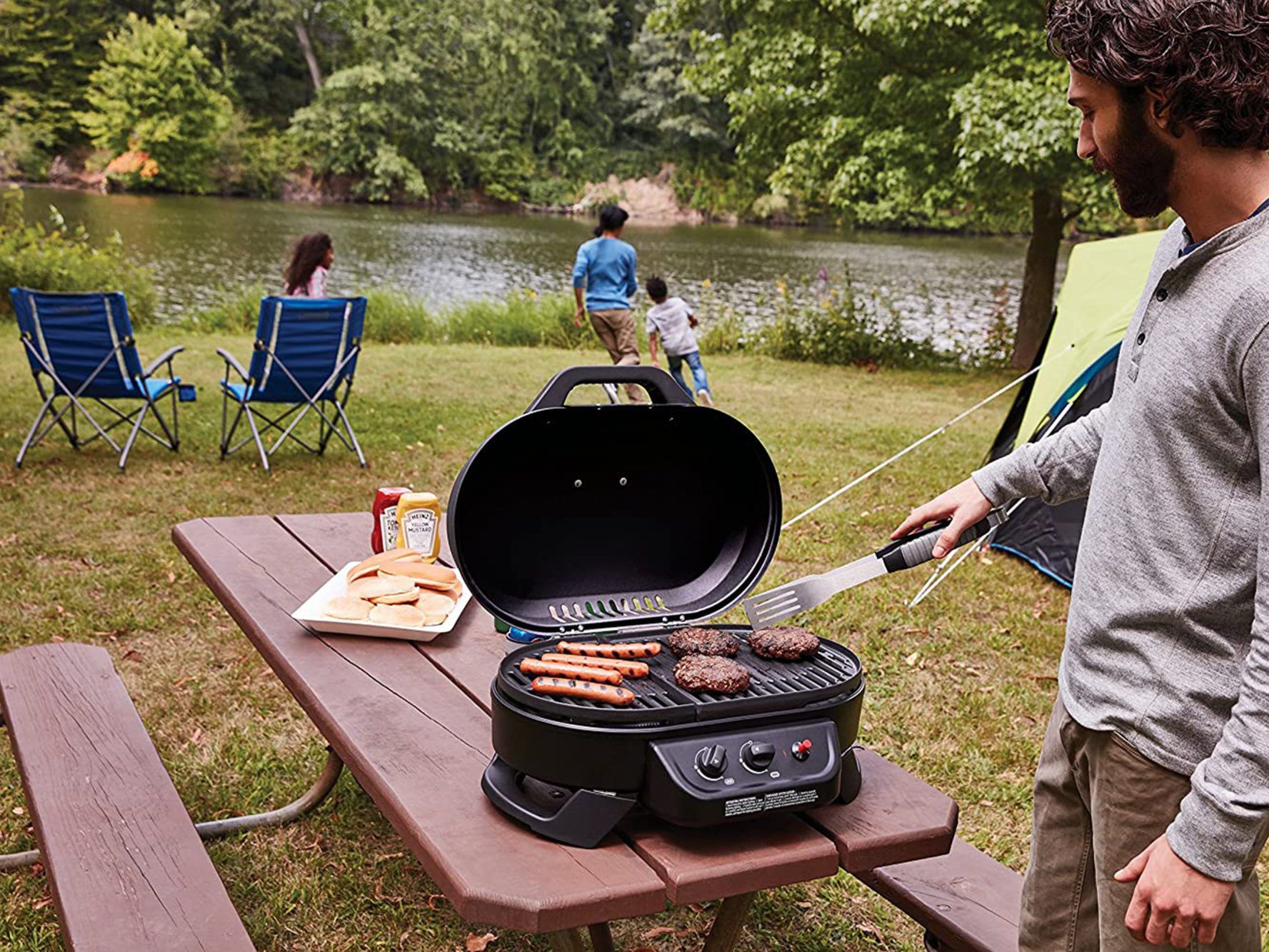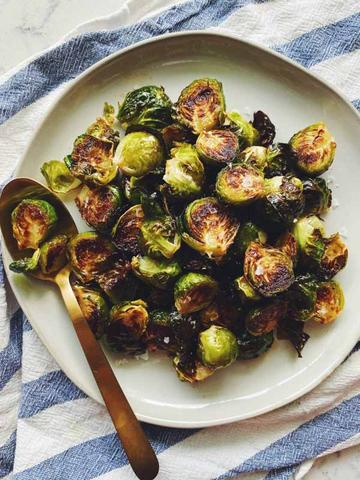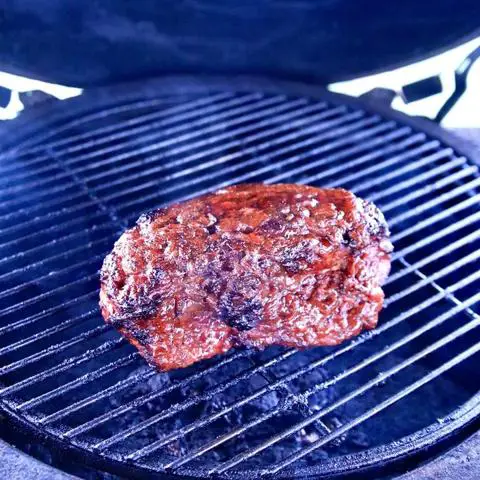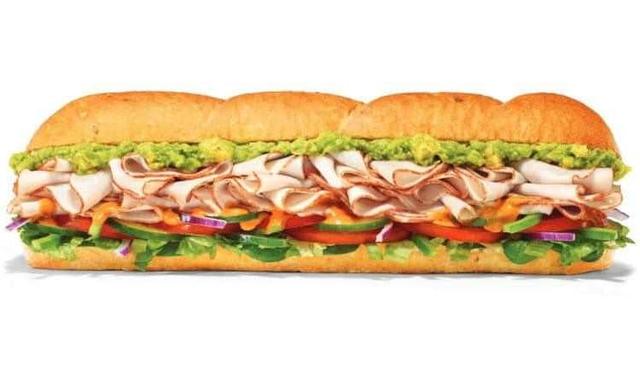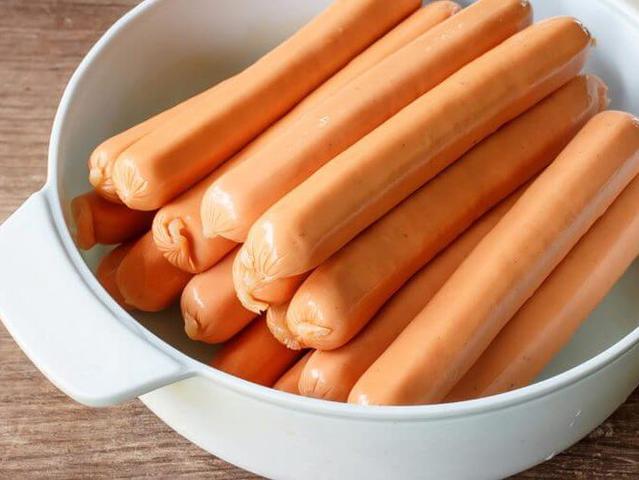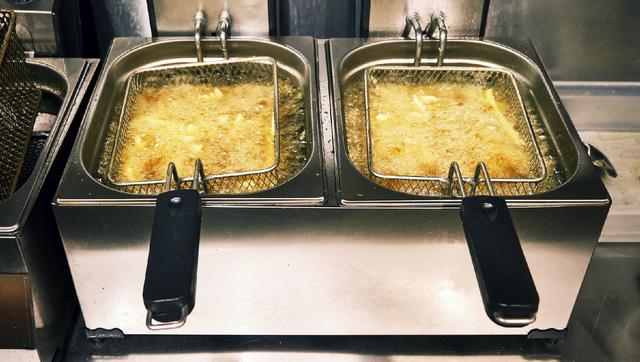
“Deep Fry vs Pan Fry: Unveiling the Best Cooking Technique. Discover the key differences between deep frying and pan frying, as we delve into their unique flavors, textures, and health implications. Get ready to elevate your culinary skills and make informed choices for your next delicious dish.”
WHAT IS PAN FRYING?
Pan frying is a cooking technique that involves cooking food on a hot pan with a small amount of oil. The oil is used to lightly coat the surface of the pan and prevent sticking. This method requires flipping the food to achieve a crispy and brown texture on both sides. A frying pan or skillet is commonly used for pan frying, but other appliances such as electric and propane-generated pan fryers can also be used. Foods that are suitable for pan frying include sausages, chicken, pancakes, fish fillets, thin cuts, vegetables, bacon, and more. It is important to use oils with high heating points, such as peanut oil, canola oil, or regular olive oil.

WHAT IS DEEP FRYING?
Deep frying is a cooking technique that involves immersing food completely in a large amount of oil. Unlike pan frying, which uses minimal oil, deep frying requires a significant volume of oil to ensure the food is fully submerged. This method of cooking is known for its ability to quickly cook foods and create a crispy texture on the outside while retaining juicy flavors on the inside.
THE DIFFERENCES BETWEEN PAN FRYING AND DEEP FRYING
Pan frying involves cooking food with a minimal amount of oil, lightly coating the cooking surface. It requires flipping the food to achieve a crispy and brown texture. Pan frying is done in a frying pan or skillet using fats or oils with a high heating point.
On the other hand, deep frying entails cooking food completely immersed in oil. It uses a large volume of oil and is a quicker method of cooking. Deep-fried foods have a crispy texture and retain their juices.
The cooking equipment used also differs between the two methods. Pan frying is done in a frying pan, while deep frying can be done in a deep fryer, sauté pan, or saucepan.
In terms of cooking time, deep frying is faster because the food is not exposed to air. The oil used for deep frying is heated to approximately 350-400 degrees F, while for pan frying it needs to reach around 350 degrees F.
The results achieved with each method also vary. Deep-fried foods have a crispy exterior and juicy interior, while pan-fried foods have a browning effect on the exterior.
Choosing between pan frying and deep frying depends on personal preferences and desired outcomes. Deep frying is suitable for quick cooking and achieving crispiness, while pan frying works well for browning and slight crispness. If healthiness is a concern, pan frying may be preferred.
In conclusion, both methods have their own advantages and it ultimately depends on individual preferences and specific dishes being cooked.
COOKWARE/EQUIPMENT
When it comes to pan frying, a frying pan or skillet is the essential cookware. These pans have a flat bottom and low sides, allowing for easy flipping and turning of the food. Electric and propane-generated pan fryers are also available as alternative options.
For deep frying, you can use a pan with high vertical sides such as a saucepan or sauté pan. However, a deep fryer is specifically designed for this cooking method. Deep fryers have a larger capacity to hold more oil and come with features like a basket and lid for easier handling of the food.
AMOUNT OF OIL/FAT
In pan frying, a minimal amount of oil is used to lightly coat the cooking surface. This allows for a healthier cooking method as compared to deep frying. On the other hand, deep frying requires a large volume of oil in order to completely immerse the food being cooked. This results in a higher calorie content and can lead to greasier foods.
COOK TIME
When it comes to cook time, deep frying is generally faster than pan frying. This is because deep frying involves immersing the food completely in oil, allowing for quick and even cooking. On the other hand, pan frying requires flipping the food and cooking it on both sides, which can take longer.
Additionally, deep frying does not expose the food to air, which helps to speed up the cooking process. Pan frying, however, exposes the food to air and requires more time for the heat to penetrate and cook the food thoroughly.
HEAT
Pan frying and deep frying both require high temperatures to cook food, but there are slight differences in the heat requirements for each method. In pan frying, the oil needs to reach approximately 350 degrees F, while in deep frying, the oil is heated between 350 degrees F to about 400 degrees F. The higher heat in deep frying helps to quickly cook the food and achieve a crispy texture. However, it’s important to note that overheating the oil can lead to burning or overcooking of the food.
RESULTS
In summary, the main differences between deep frying and pan frying are as follows:
- Deep frying involves cooking food completely immersed in a large amount of oil, while pan frying uses a minimal amount of oil that coats the cooking surface.
- Deep frying is a quicker method of cooking compared to pan frying.
- Deep-fried foods have a crispy texture and retain juices, while pan-fried foods have a browning effect on the exterior.
- Deep frying requires higher temperatures (350-400 degrees F) compared to pan frying (approximately 350 degrees F).
The choice between deep frying and pan frying depends on the desired results. Deep frying is ideal for achieving quick cooking and crispy textures, while pan frying is suitable for browning and slight crispness. Additionally, if health is a concern, pan frying may be preferred as it requires less oil. Ultimately, the decision should be based on personal preference, the type of food being cooked, and desired outcomes.

WHICH IS THE BEST METHOD: DEEP FRYING VS. PAN FRYING
Both deep frying and pan frying have their own advantages and disadvantages, so determining the best method depends on your desired results and preferences.
If you want quick cooking and a crispy texture, deep frying is the better option. Deep frying involves immersing food in a large amount of oil, which cooks the food faster and gives it a crispy exterior while retaining its juices.
On the other hand, if you prefer a browning effect on the exterior of your food with a slight crispness, pan frying is the way to go. Pan frying uses a minimal amount of oil that lightly coats the cooking surface, requiring you to flip the food to achieve the desired texture.
In terms of health considerations, pan frying is generally considered healthier as it requires less oil compared to deep frying. However, both methods can be used to cook a wide variety of foods.
Ultimately, the choice between deep frying and pan frying depends on factors such as the specific foods you want to cook, your preferred cooking time, and how you want your foods cooked. It’s important to consider these factors and choose the method that aligns with your preferences and desired outcomes.
BOTTOM LINE
Deep frying and pan frying are two different cooking techniques that use oil and high heat. Pan frying involves cooking food with a small amount of oil on a hot pan, while deep frying requires immersing food completely in a large amount of oil. The choice between the two methods depends on the desired texture and cooking time. Deep frying results in crispy, juicy foods cooked quickly, while pan frying creates a browned exterior. Both methods have their benefits and drawbacks, so it ultimately depends on personal preference and the specific dish being prepared.
In conclusion, both deep frying and pan frying are popular cooking methods with their own advantages. Deep frying results in a crispy texture and faster cooking time, while pan frying offers more control over the cooking process and healthier outcomes. The choice between the two depends on personal preference, desired taste, and dietary considerations.
Learn More About Grilling
If you want to learn more about grilling, check out these other helpful resources!

